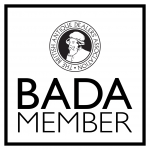-
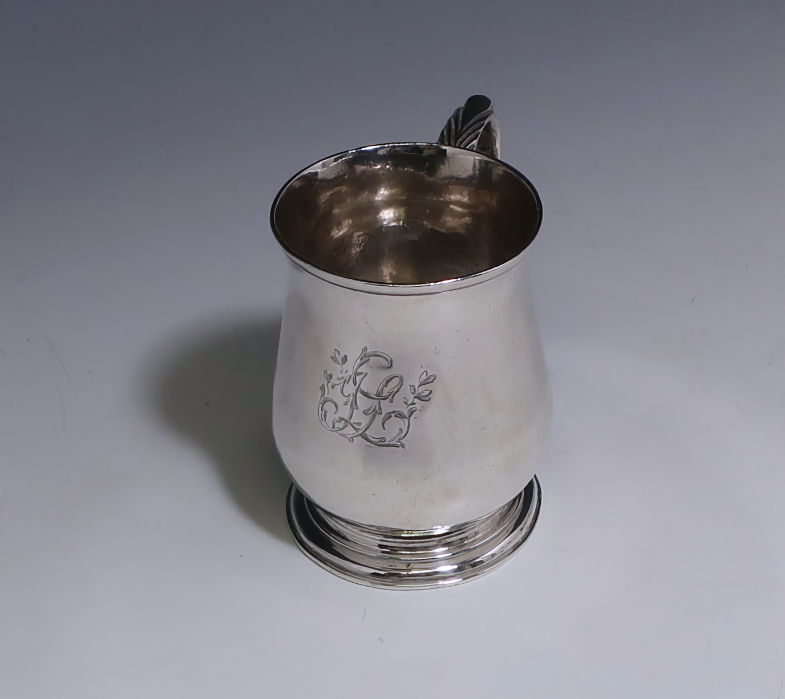
Antique Silver George III Small Mug / Tankard made in 1775
£535ENQUIRE ABOUT THIS PIECEW195x27Date:1775Maker: Samuel Meriton£535 -
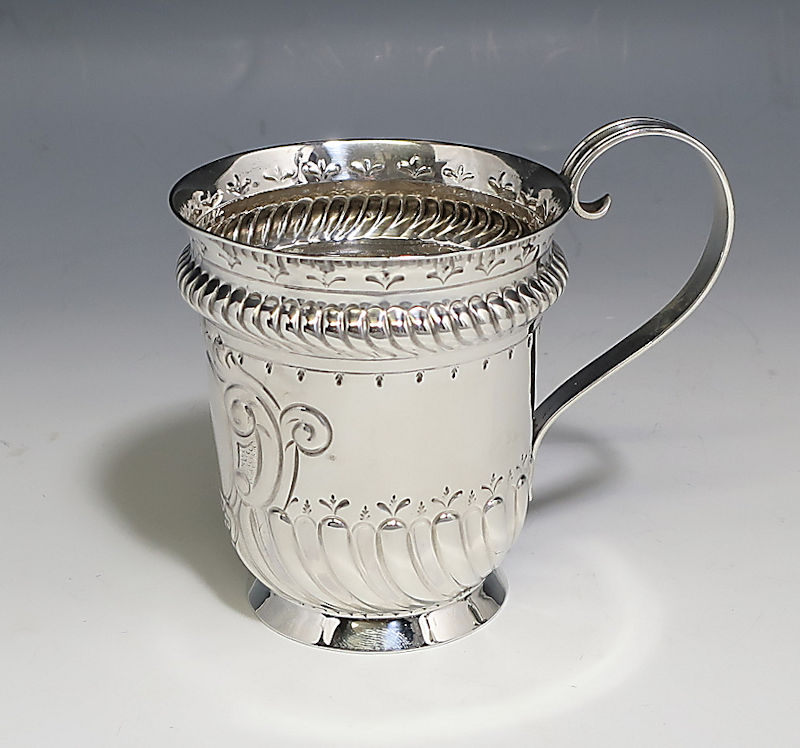
Antique Silver Victorian Child’s Mug made in 1891
£345ENQUIRE ABOUT THIS PIECEW199x34Date:1891Maker: Henry Atkin£345 -
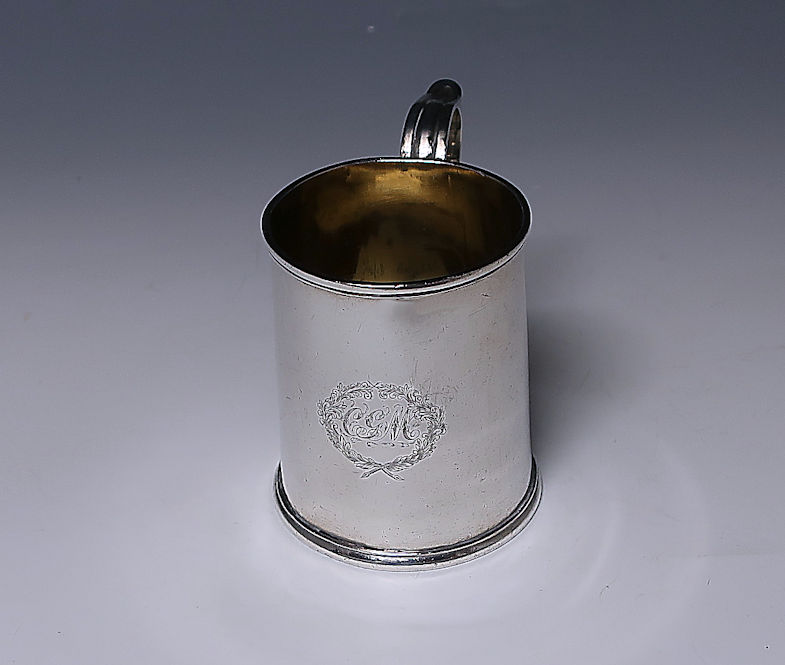
Antique Silver China Trade Mug / Tankard made Circa 1820 in Canton
£785ENQUIRE ABOUT THIS PIECEW194x13Date:1820£785 -
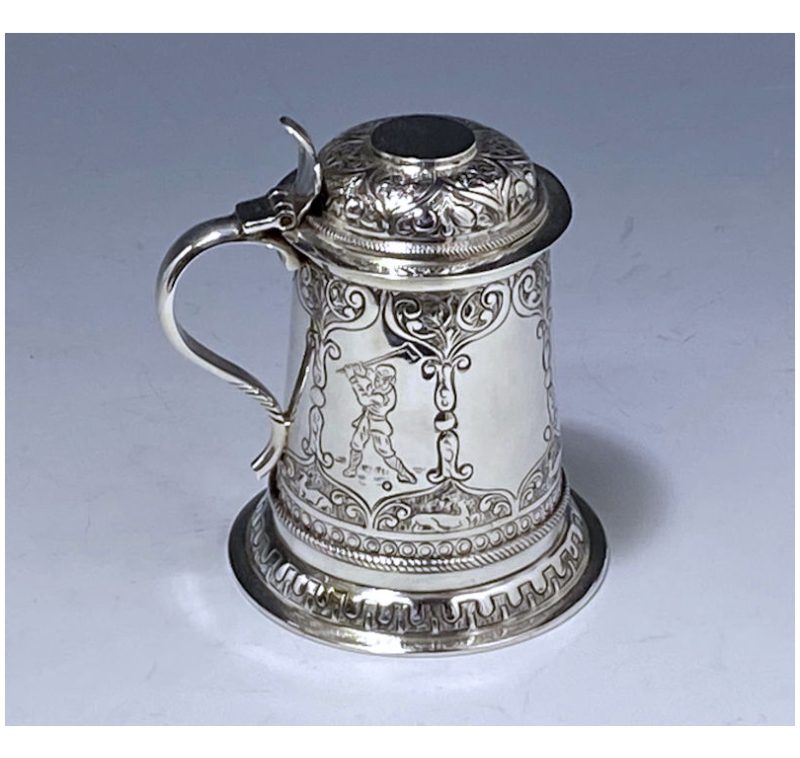
Edwardian Silver Miniature Tankard of Golf Interest made in1907
£485ENQUIRE ABOUT THIS PIECESA233x9Maker: Heming & Co£485 -
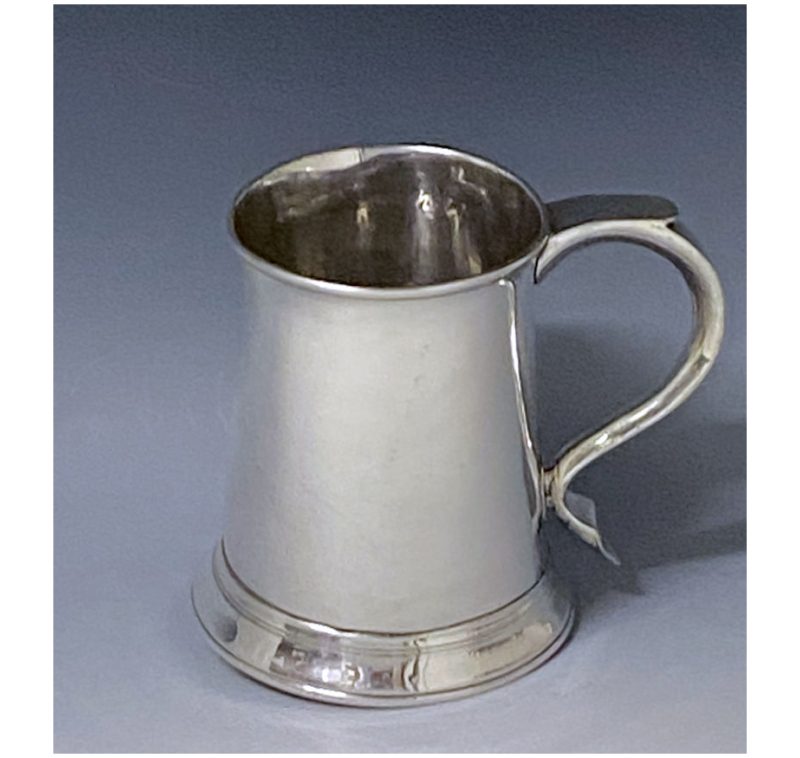
Antique Silver George III Mug made in 1773
£1,150ENQUIRE ABOUT THIS PIECEW199x15Date:1773Maker: John King£1,150 -
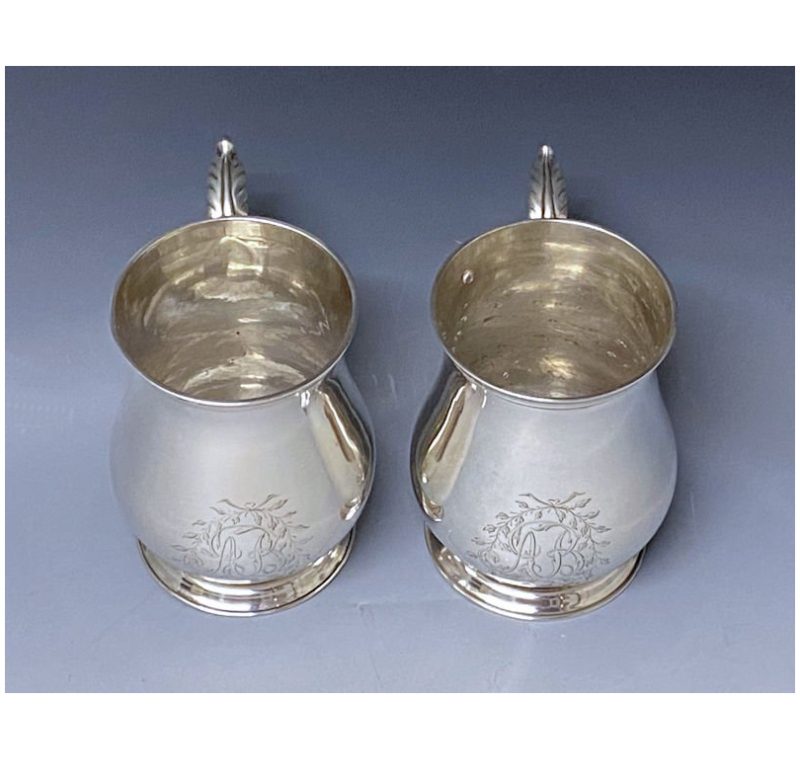
Pair of American Antique Silver Mugs made in c.1855
£1,800ENQUIRE ABOUT THIS PIECEW198x44Date:1855Maker: Mortimer Eoff & George L Shepard£1,800 -
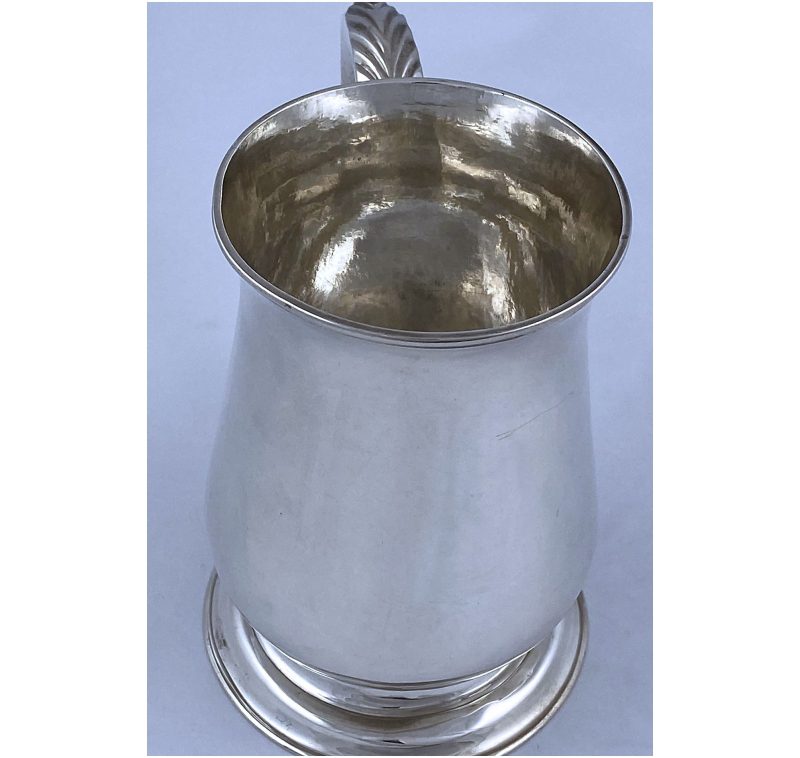
Antique Silver George III Mug made in 1776
£1,600ENQUIRE ABOUT THIS PIECEW196x27Date:1776Maker: Hester Bateman£1,600 -
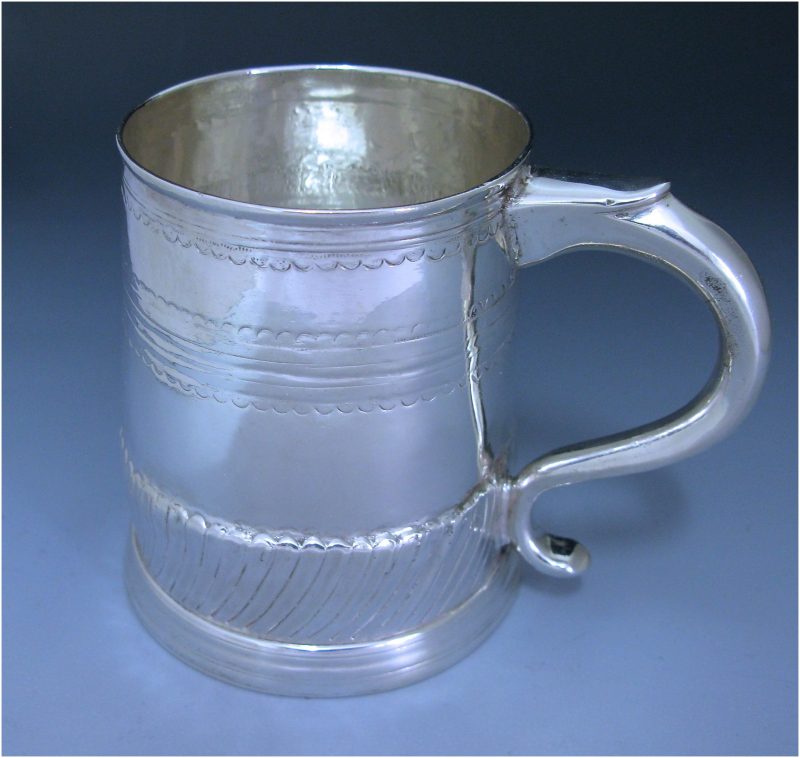
Rare Antique Britannia Standard Silver Queen Anne Mug made in 1704
£2,600ENQUIRE ABOUT THIS PIECEW194x18Date:1704Maker: Charles Overing£2,600 -
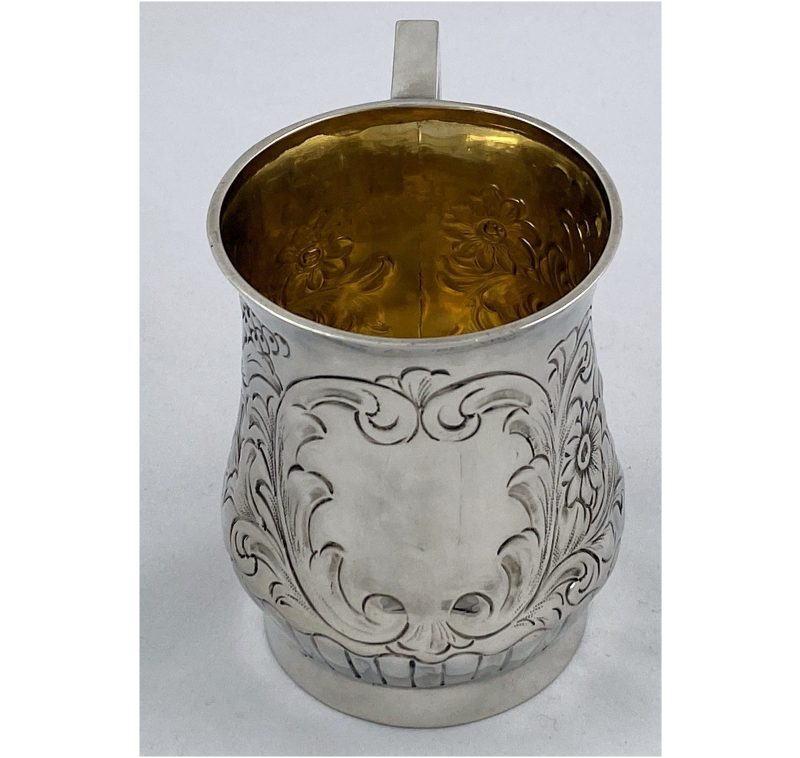
Antique Silver Victorian Mug/Tankard made in 1895
£365ENQUIRE ABOUT THIS PIECESa196x21Date:1895Maker: Deakin & Francis Ltd£365
[gtranslate]

